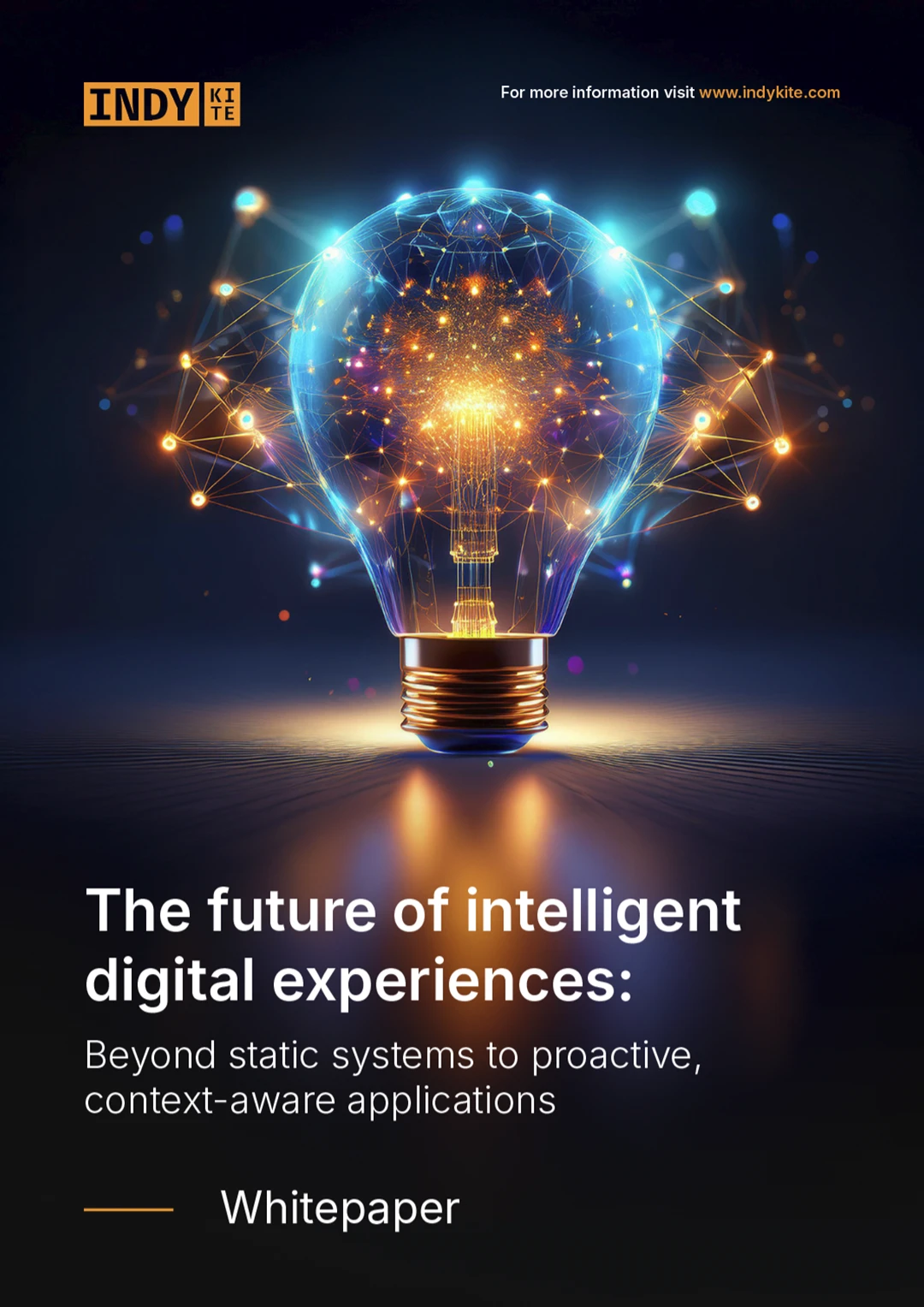Most organizations have an Identity and Access Management (IAM) system in some form or another. Protecting the digital identities of internal employees and external customers is paramount in the modern world. The issuance of unique credentials, access controls and identity workflows (such as signup and authentication) are well established and the race is on for lowest friction. What is less established, is the expansion and use of identity data across the entire organization and the business value that it can achieve.
Often, IAM is thought of as just the doorway or gateway to services but this is a severe under-utilization of a powerful business asset that can drive significant value for both business and the end-user.
This value is realized through how you capture, enrich and use identity data, while continuing to provide a secure and private experience for your users.
At IndyKite, we are on a mission to help organizations extend their traditional identity workflows by capturing and utilizing the context of identity data, and then enriching with metadata to become identity knowledge.
Identity Knowledge can then be used as the centerpiece to connect your services in the organization and uncover continual value for your business and users.
Let’s walk through the stages of how to build identity knowledge and gain value from it.
Identity capture and verification
This stage forms the foundation in which your organization begins to interact with your users. The first interaction with your customer can drive a sense of trust and loyalty with your brand. Your users already have extensive digital profiles, accounts and passwords resulting in a poor user experience and security vulnerabilities. You can reverse this trend and delight your user with low friction, seamless user journeys, while still delivering on privacy and security.
Once your customer is onboarded and the desired level of trust and assurance has been established, we can begin to build knowledge around them based on your defined data model.
Building your knowledge base
This is the crucial point where the identity data turns into identity knowledge. This knowledge is what will allow you to extend the value of existing use cases and find new utilization opportunities across your business.
It all starts with your data model. At IndyKite, we utilize a flexible graph based data model, which will allow you to build a rich, interconnected dataset that can be extended and enhanced with metadata of entities and relationships.
In a graph data model, relationships between data points matter more than individual points themselves and are captured as a first-class entity. This means that you can capture and utilize significantly more data, creating a much richer picture of your user. It also means that you can build natural service extensions based on these relationships to enhance your user experience, such as family sharing, and third party authorization.
The knowledge graph can also capture the relationship between users and various brands belonging to one group, enabling cross-selling or partner promotions seamlessly. Additionally, one user may have various hats they wear with regard to their interaction with certain systems (i.e. at times a healthcare worker, at times a patient) and the graph can ensure the correct authorization logic is used based on their current context. Perhaps a cargo broker is representing various competing parties in a logistics chain - the knowledge graph can manage that complexity and ensure appropriate access.
Identity enabled business cases
Building your knowledge base is the foundation for your identity workflows, but unlike traditional identity management, it doesn’t just stop at authentication or authorization. This data is then available to be utilized across the organization and can orchestrate the connection of disparate systems and services.
With the flexible underlying data model, you can also better guard risk, securely use knowledge to further explore new products and services for your customers, and find areas for cost-cutting and identify new potential revenue streams.
The various use cases here are somewhat endless and depend entirely on the goals of your organization. If you’d like to learn from some real-life examples, check out our recent webinar, where we walked through use cases from our customer base.
Learn more: Webinar - Identity Knowledge in Action: Utility across the value chain.













